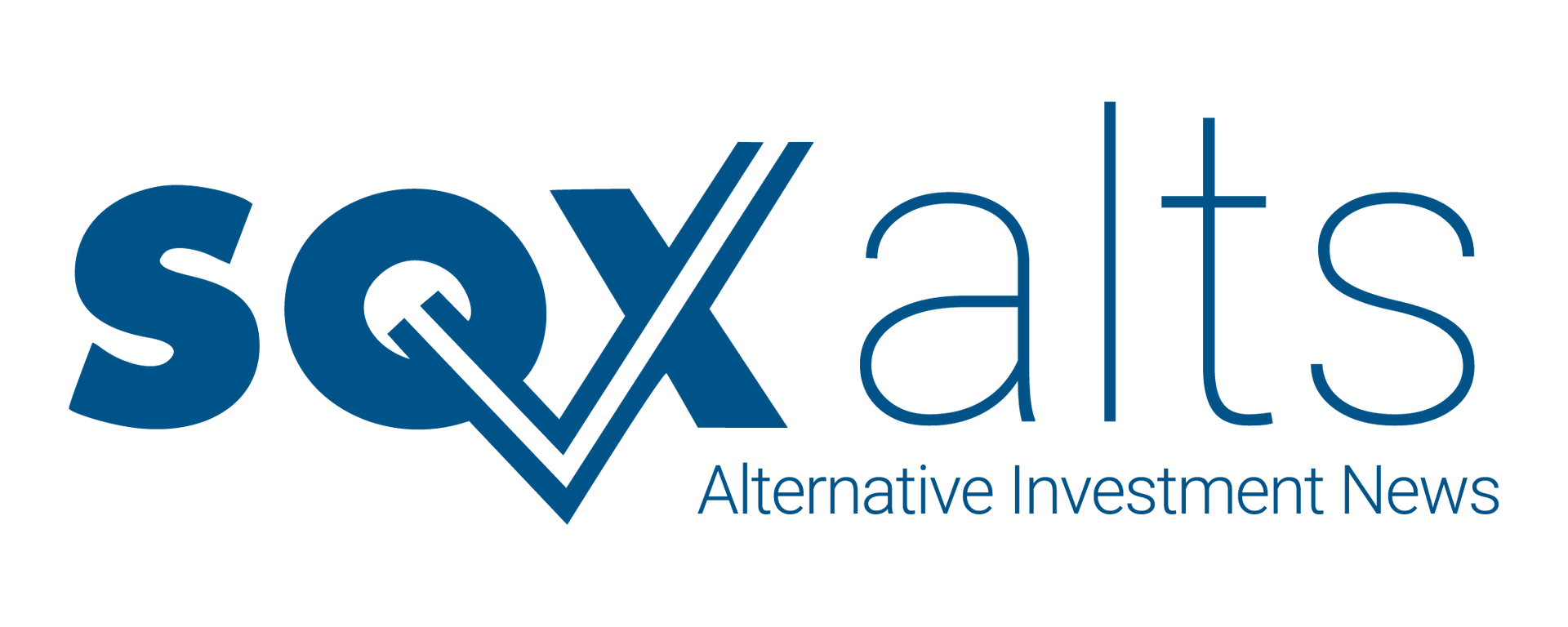Ashford Hospitality Trust Sells Two Hotels for $33M
The company aims to bolster performance metrics and reduce debt through targeted asset divestitures.
August 26, 2025

Asset Sales Designed to Improve Performance
Ashford Hospitality Trust has sold two of its hotels for a combined $33 million—part of a broader move to improve portfolio performance and cut down on debt. The properties include the Hilton Houston NASA Clear Lake, sold for $27 million, and the Residence Inn Evansville East, sold for $6 million.
Both sales reflect Ashford’s effort to optimize returns on its assets. After adjusting for expected capital investments, the blended sale price equates to a 1.3% capitalization rate, or 45.3 times hotel EBITDA for the twelve months ending July 2025. Without factoring in future spend, those figures shift to a 2.0% cap rate and a 28.1x EBITDA multiple. These numbers highlight the company’s intent: exit lower-yield assets and refocus on properties with stronger upside.
GRO AHT Strategy in Action
This fits into a larger strategy at Ashford. The company is driving performance across its hotel portfolio through its GRO AHT initiative—an effort aimed at operational improvement and capital efficiency. Selling these two non-core assets helped reduce leverage, improve the metrics tied to its recently extended MS 17 loan pool, and generate more portfolio cash flow after debt service.
Positioning for Flexibility
Ashford has signaled that more transactions like these could follow. By freeing up capital and improving loan coverage, the company has more flexibility to respond to both risks and opportunities in today’s environment. That flexibility matters, especially for a real estate investment trust focused on full-service, upper-upscale hotels—properties that typically carry higher operating costs and rely more on performance-driven revenue.
The capital raised from these sales supports a cleaner balance sheet and a more focused strategy. While Ashford hasn’t outlined specific reinvestment plans, the financial improvements alone give the company more room to maneuver. It’s a step that helps management stay aligned with market conditions—and stay ahead of them.
Share
Read More Articles


